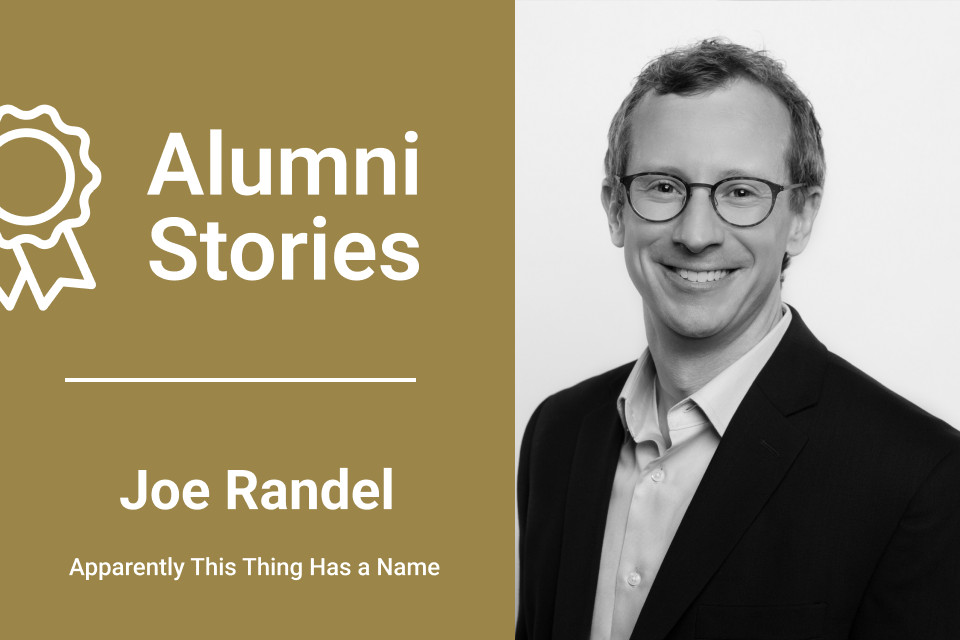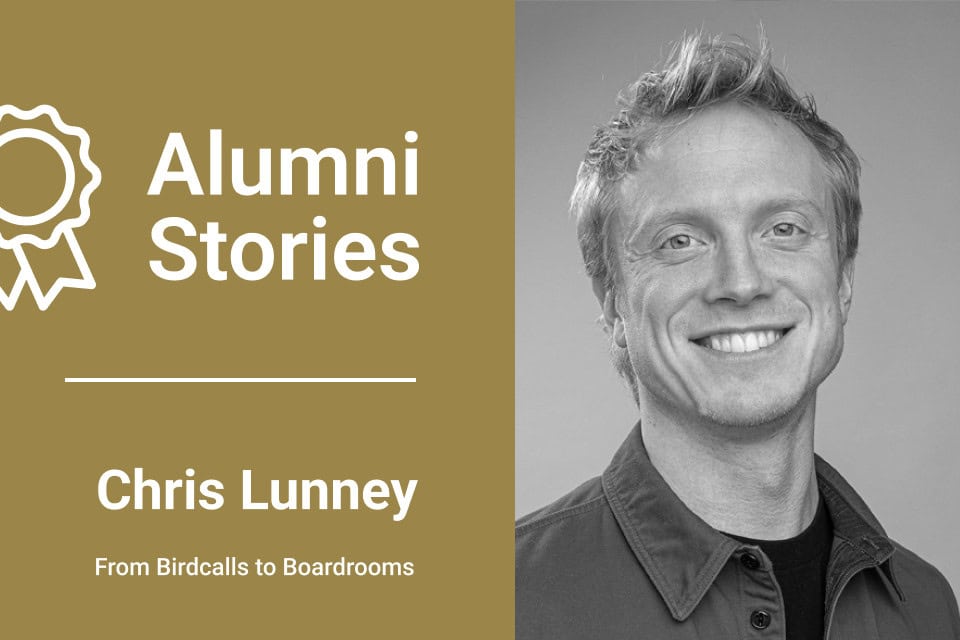How One Facilitator Reclaimed Her Voice and Built a Practice Rooted in Authenticity
I never set out to become a facilitator. In fact, I didn’t even know what the word meant. What I did know was that something about our workshops could be better. For years, my partner Mauricio and I had been delivering leadership trainings through our company, EXEC Consulting LLC. These were classic content-forward sessions: structured, informative, but mostly one-directional.
We’d spent years honing a program that consistently delivered value. Mauricio had built something people returned to again and again—and for good reason. But as we continued delivering it, I started to feel a gentle pull. I wondered if we could bring more participation into the room. Moments of interaction—brief partner shares, space for reflection—seemed to energize people in ways that surprised me. It wasn’t that anything was wrong, but I sensed we were only scratching the surface of what was possible.
I remember delivering a session for the Center for Internationalization in the Piedmont region of Italy. We’d go there once or twice a year to run the same program. Over time, I began to see a pattern: whenever we included a moment of self-reflection or encouraged participants to share insights with a partner, the room came alive. It was subtle at first. A ripple of energy. More smiles. Eye contact. Curiosity. I could see how those moments—however brief—led to deeper engagement.
My own experience of running the same workshop over and over again—especially in Piedmont—became a mirror. I could see when the room was leaning in and when it was leaning back. I started to track the energy not just by what people said, but how they said it, how quickly they came alive in the partner shares, how they lingered afterward. Even without knowing the word, I had started to develop the instincts of a facilitator. I was tuning into what the room needed—not just what I planned to deliver.
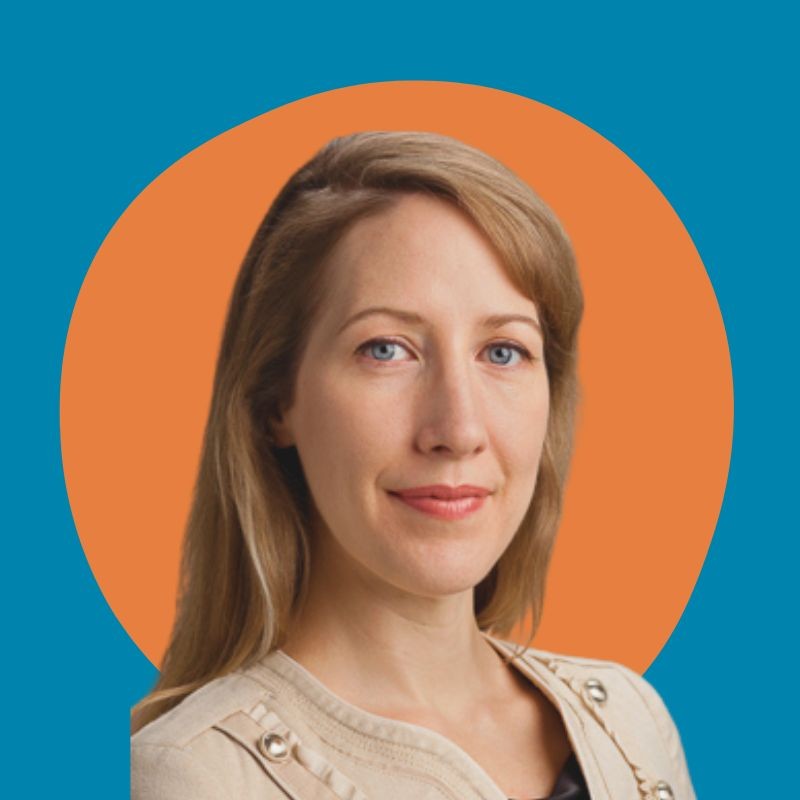
The First Containers
That realization pulled me into a new kind of inquiry. What if the magic wasn’t in the content, but in how we created space for it? What if the work was less about giving answers and more about surfacing what was already there? I didn’t yet know the word for what I was feeling, but the search had begun.
And maybe more than anything, I was noticing my own excitement. These participatory moments didn’t just energize the room—they energized me. After dozens of repetitions, it was those interactions that made the sessions feel fresh. The unknown of what someone might share, the little sparks of vulnerability and humor—they reminded me that learning could feel alive. That was the beginning of something shifting in me, even if I didn’t yet know where it was going.
Looking back, I think facilitation first found me long before I had language for it. At Girl Scout camp, in the way we sang songs and followed rituals that created a sense of belonging. Later, at yoga retreats where a teacher guided us into self-awareness with care. Even in college, studying U.S. history through the lens of civil rights at Reed College, I was already asking the kinds of questions that facilitation now helps me hold: Who has a voice? What structures create trust? How do we build spaces for honest dialogue?
So when I look back now, those threads were always there. But it was in 2018 or 2019—watching the impact of small participatory shifts in our trainings—that the pattern began to crystallize. I knew I needed to find more of whatever that was.
Following the Curiosity
My path into facilitation wasn’t dramatic; it was more like a breadcrumb trail. I started Googling. Looking for ways to make workshops more participatory. Somewhere along the way, I stumbled into a Voltage Control Facilitation Lab meetup. I figured I’d lurk in the background, camera off. Instead, I got paired in a breakout room and asked a deep, personal question right away. I was surprised. And energized. There was no back row here.
I quickly discovered that facilitation was a field, a practice, even a craft. And there were names I hadn’t heard before—like Priya Parker, whose book “The Art of Gathering” blew open something in me. Mauricio had mentioned her after hearing her on a podcast, and reading her work became a turning point. I realized that meaningful gatherings were more than logistics; they were opportunities for transformation.
Around the same time, the world was erupting in protest over George Floyd’s murder. I joined more Voltage Control sessions and was struck by how space was held to process racial injustice. It wasn’t performative. It was real. And it made me realize that facilitation could be a civic tool as much as a professional one.
I also started to realize how much of facilitation was about how we gather—not just what we do when we’re there. That resonated with earlier parts of my life: Girl Scout camp, where rituals helped us feel like a team. Slumber parties, where connection happened in the small hours. And especially my first yoga retreat, where a guide gently invited us to reflect, breathe, notice. All of these memories felt like breadcrumbs leading back to the power of intentional space-making.
The more I learned, the more I wanted to learn. I started reaching out to others in the community for virtual coffee chats. Everyone said yes. They shared their experiences generously, and I found myself growing through these one-on-one connections. It became clear that this wasn’t just a new skill. It was a new way of being.
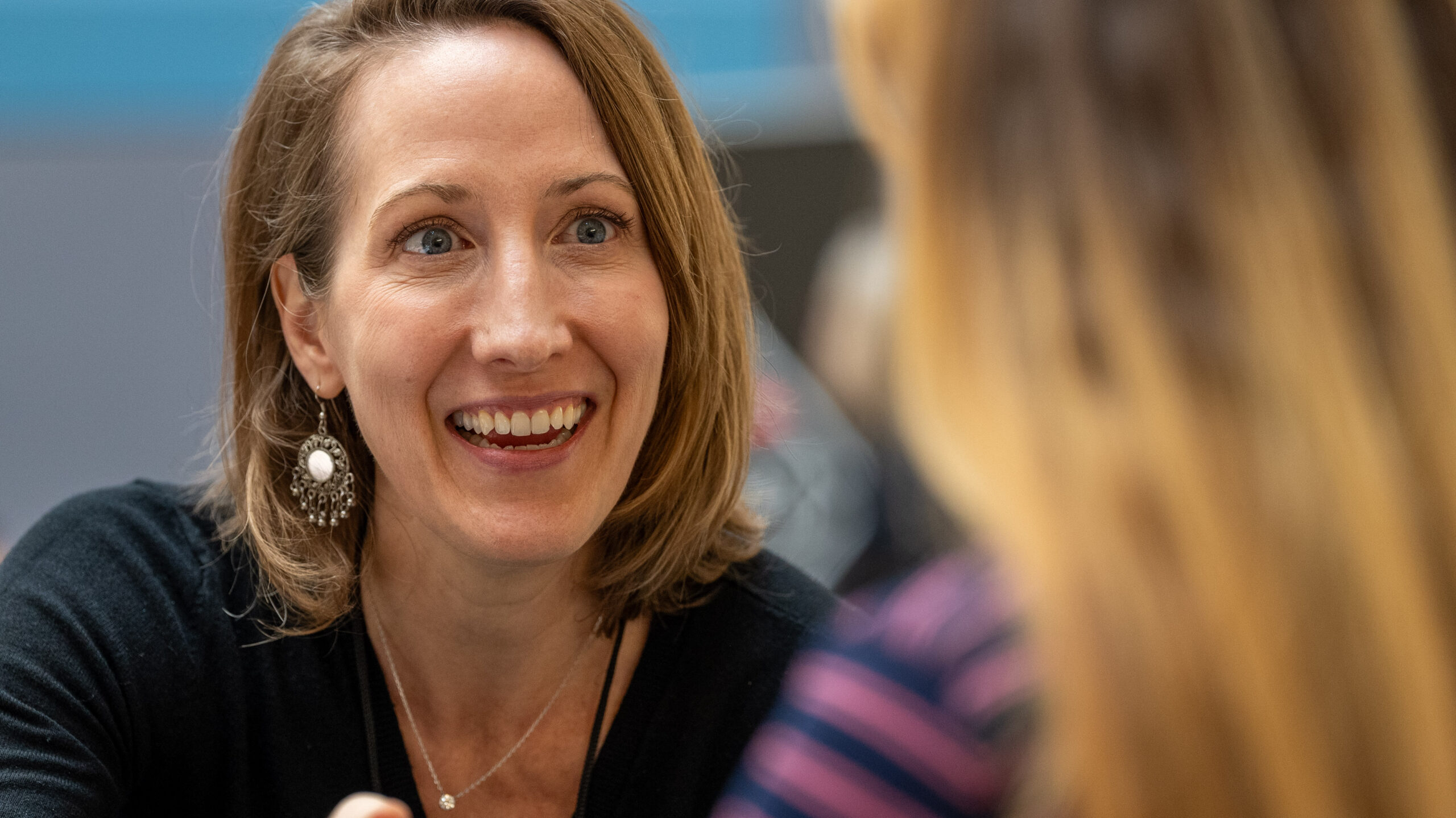
A Clear Yes
When the opportunity came to join the certification program, it felt obvious. I had already gained so much from the free resources and community that saying yes to going deeper was easy. Of course I reflected on the time and financial commitment, but in the end, I knew it would give me the structure and grounding I needed.
I didn’t talk to anyone about it. I just signed up. It felt like an investment in a part of me that was just beginning to find its voice. I had this image of who I might become if I said yes to that voice. I knew it would be work. I had plenty of internal doubts—would I really follow through? Did I belong in this room? But deeper than the fear was the curiosity. That tug that had pulled me into my first breakout room now pulled me into something more lasting. I said yes.
I was hungry to learn. I knew I needed more than tools—I needed formation. I wanted to go from absorbing content to confidently facilitating the space where learning happens. Certification was my next right step.
Finding My Voice Again
One of the most meaningful parts of the certification experience was the coaching I received from Erik. He saw me. I don’t say that lightly. His message was simple, but it landed deeply: Don’t conform. Your uniqueness is your strength. That gave me permission to lean into the authentic version of facilitation that only I could offer.
That message stuck with me, especially because I’d noticed a pattern in myself. I often started things with originality and excitement—law school, college, even this facilitation journey—but somewhere along the way I’d begin to conform, to fit myself into the mold of what I thought “professional” looked like. With Erik’s support, I gave myself permission not to do that this time. To stay weird. To stay me.
The portfolio was another major moment. It forced me to reflect on where facilitation was already showing up in my life—from a racial justice book club I launched, to a fitness class I led, to the flow channel exercise I added to our workshops in Italy. Writing the portfolio helped me claim the title of facilitator, even if my work didn’t look like anyone else’s. That was powerful.
Naming my brand as 3D Wellness—emotional, physical, and social well-being—came out of that process. It was something I’d never have thought to do without the push to articulate my philosophy. That naming wasn’t just a marketing exercise—it was a moment of personal clarity. It said: This is what I care about. This is what I want to build. And I’ve been using that framework ever since, in everything from movement workshops to community dinners.
Owning My Practice
Since certification, I’ve been stretching. I brought new games and interactive elements to our Piedmont trainings. I facilitated a Dance & Discover event with cultural learning and community connection. I co-led a strategic gathering for a coalition of Texas nonprofits—an emotionally intense experience that tested and affirmed my capacity to hold space for vulnerability and trust-building.
That nonprofit gathering in Austin stands out. It was deeply emotional. We had to pivot mid-session to address a lack of trust in the room that hadn’t been disclosed beforehand. I used a listening circle format and invited participants to share openly, uninterrupted. Then, inspired by an exercise from the Voltage Control summit, I asked them to stand shoulder-to-shoulder, silently look each other in the eyes, and internally say either “I trust this person” or “I want to trust this person.” It was raw. Beautiful. People cried. The room shifted. That’s when I understood just how powerful this work can be.
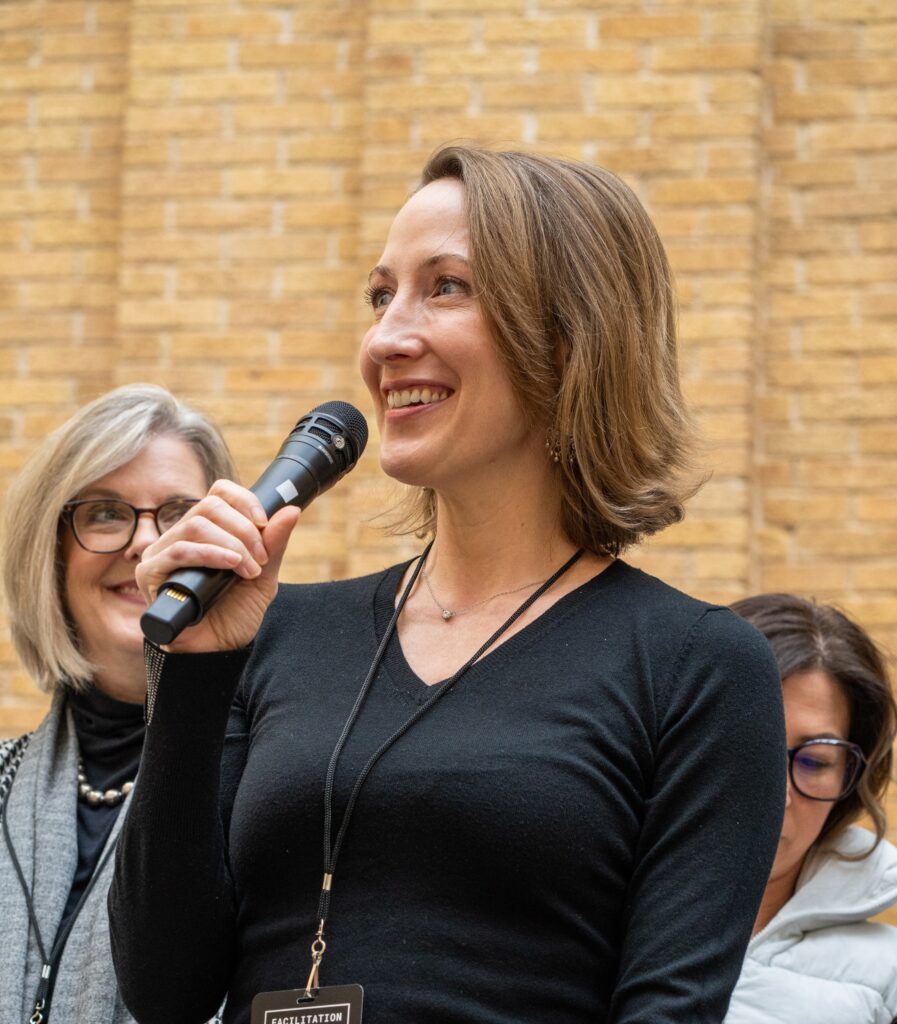
I’m also proud of what I’ve helped build through Dance & Discover. Even though I’ve only run a few events, they’ve become expressions of who I am as a facilitator. We dance. We reflect. We learn a little about the culture the dance emerged from. We connect. It’s joy, movement, and meaning all in one. And watching people stick around afterward—reluctant to leave—that’s when I know we created something real.
Most recently, I facilitated a half-day workshop on trust for a high-tech team in Orlando. It was a pivotal moment. I used Triz (“reverse thinking”) to help them identify trust-breaking behaviors, a trust equation to demystify the concept, and peer coaching to close with connection and empathy. Watching them choose to be anonymously evaluated by their peers was a powerful testament to how much we had built together in just a few hours.
A New Chapter Emerging
This work is expanding. Slowly, but beautifully. Mauricio now sees the value facilitation brings to our clients. After witnessing the Orlando session, he’s ready to integrate more of this approach into our offerings at EXEC. That alignment means the door is open to do more of what I love, inside the business we’ve built together.
We’re keeping a cadence—not because of demand or dollars, but because we want to. It’s low stakes, high purpose. And I’m seeing the impact it has not only on participants but on me. Each gathering adds another layer of confidence. Another opportunity to try something new. To be bold. To co-create something meaningful. And every time we do it, I feel more aligned with the kind of facilitator—and human—I want to be.
Being of Service
Looking ahead, I see myself fully stepping into leadership—in corporate rooms and intimate circles alike. I want to facilitate for teams that are ready to become more self-aware and take shared responsibility for the cultures they’re co-creating. When one-on-one coaching can’t address the whole picture, facilitation is the missing piece. It surfaces group dynamics, builds empathy, and unlocks new pathways forward.
That’s the opportunity I see for organizations: to use facilitation not just to solve problems, but to evolve their culture. In Orlando, I coached five people individually before the team workshop. I saw how facilitation could bring those isolated insights into a collective awakening. One-on-one coaching had given them language. Group facilitation gave them shared understanding. That’s the magic of pairing the two. Self-awareness, self-responsibility, and empathy—they all emerged naturally through the process.
I would tell anyone considering the certification this: if you want to be part of a learning community where you are seen, supported, and called forth into your potential, Voltage Control is the place. This isn’t just a training program. It’s the first step into a much larger journey. One where you get to become more of who you really are—and help others do the same.
The facilitation journey isn’t always linear. It requires trust—trust in yourself, in the process, in the people in the room. Voltage Control helped me build that trust. Not just by giving me tools, but by showing me what it feels like to be part of a brave, generous, and visionary community. That’s what makes the difference.

